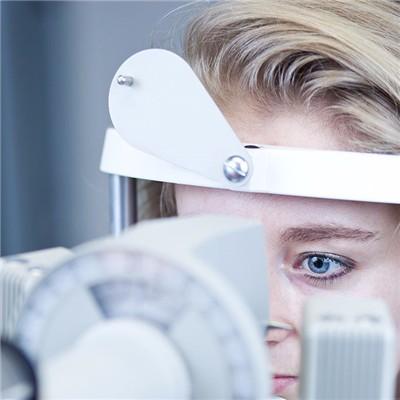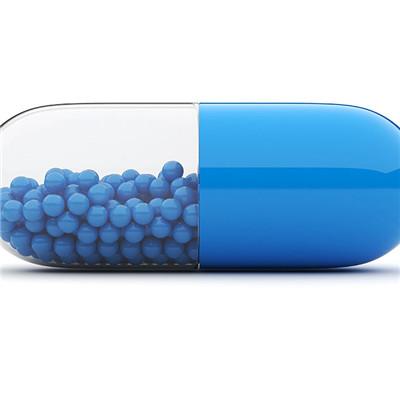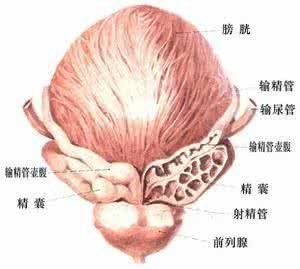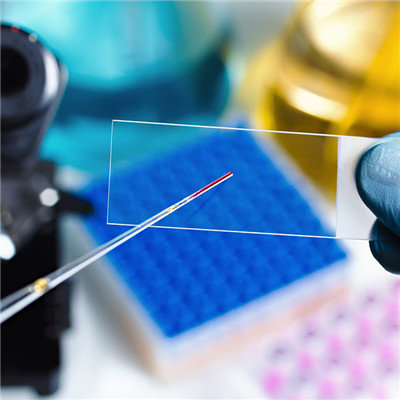Symptoms of alcoholic liver injury
summary
Alcoholic liver disease can be divided into three types: fatty liver, hepatitis and cirrhosis. The three are often mixed. The occurrence of liver disease was positively correlated with the length of drinking time, amount of drinking and nutritional status; Drinking less than 80 g per day, less liver damage, 160 g / D for 11 years, 25% of liver cirrhosis; 210 g / D for 20 years, 50% of them had liver cirrhosis.
Symptoms of alcoholic liver injury
1. Alcoholic liver disease: fatty liver a drink close to drunk, a few hours later can occur liver steatosis. This kind of patients are mostly moderate obesity, symptoms insidious, similar to hepatitis gastrointestinal symptoms, such as liver pain, epigastric discomfort, abdominal pain and so on. A few have jaundice, edema, vitamin deficiency. The liver is large, soft, smooth, blunt, elastic or tender, and the spleen is less enlarged. Because of the swelling of liver cells and the sclerotic or embolic around the central vein, portal hypertension may be manifested with ascites, but no sclerotic. Severe cases may die of hypoglycemia and fat embolism.
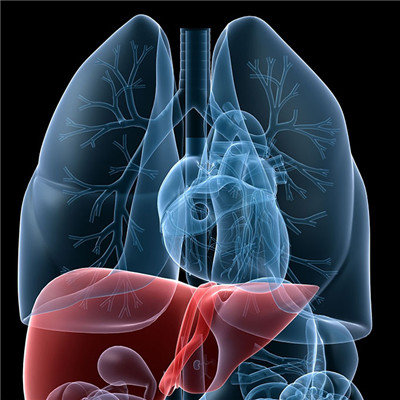
2. Alcoholic liver disease: the digestive tract symptoms of alcoholic hepatitis are serious, including nausea, vomiting, loss of appetite, fatigue, emaciation, aggravation of liver pain, etc. Severe cases were acute severe hepatitis or liver failure.
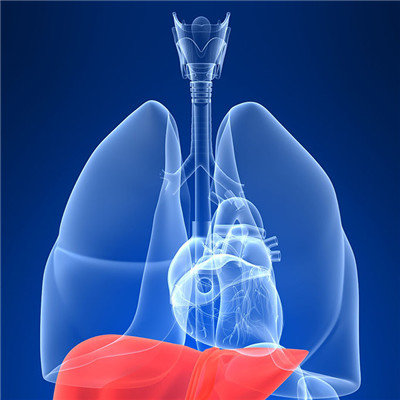
3. Alcoholic liver disease: alcoholic cirrhosis accounts for 50% ~ 90% of all cirrhosis in Europe and America, which is rare in China. In addition to the general symptoms of liver cirrhosis, there are malnutrition, anemia, spider nevus, palmar hepatis, neuritis, muscle atrophy, parotid gland enlargement, male breast feminization, testicular atrophy and other symptoms more common than liver cirrhosis after hepatitis, and Dupuytren palmar contracture, glossitis, parotid gland enlargement can be accompanied by pancreatitis. Hepatomegaly in early stage, hepatomegaly in late stage and splenomegaly are not as common as cirrhosis after hepatitis. Ascites appeared earlier, often combined with ulceration.
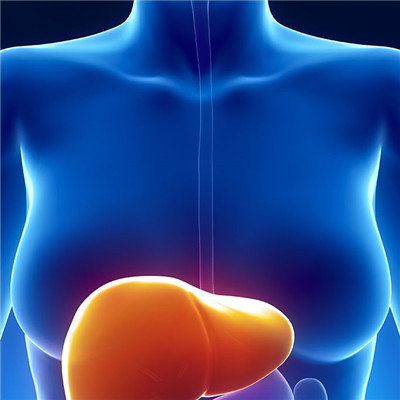
matters needing attention
Drinking strong tea after drinking, caffeine in tea can quickly play a diuretic role, promote acetaldehyde (which has a greater stimulating effect on the kidney) not decomposed into acetic acid to enter the kidney prematurely, causing kidney damage.


